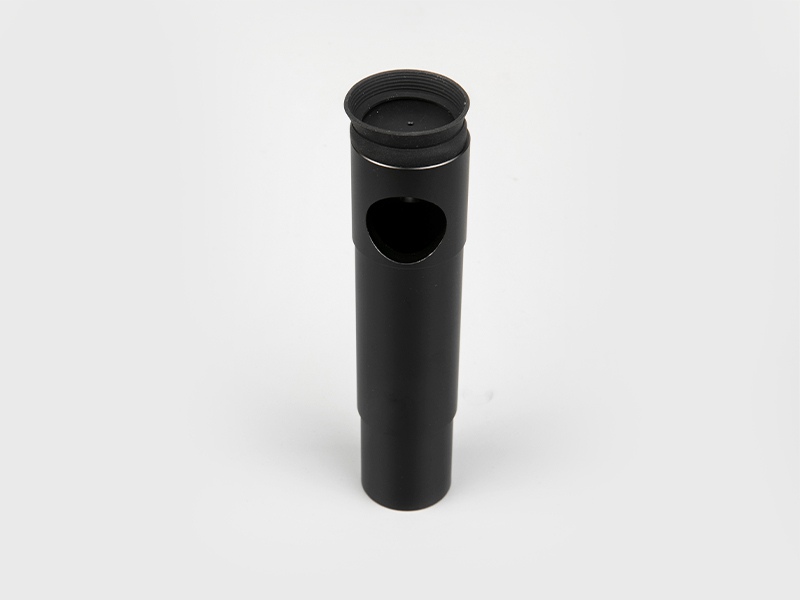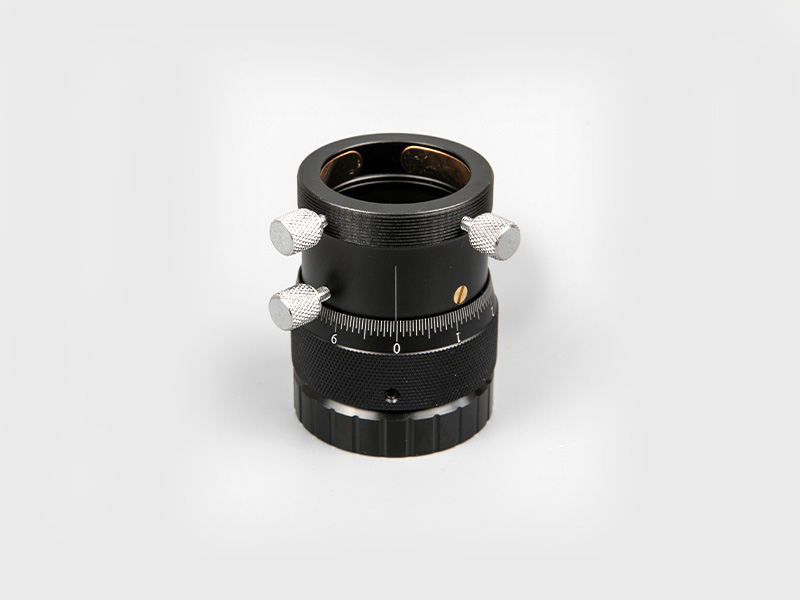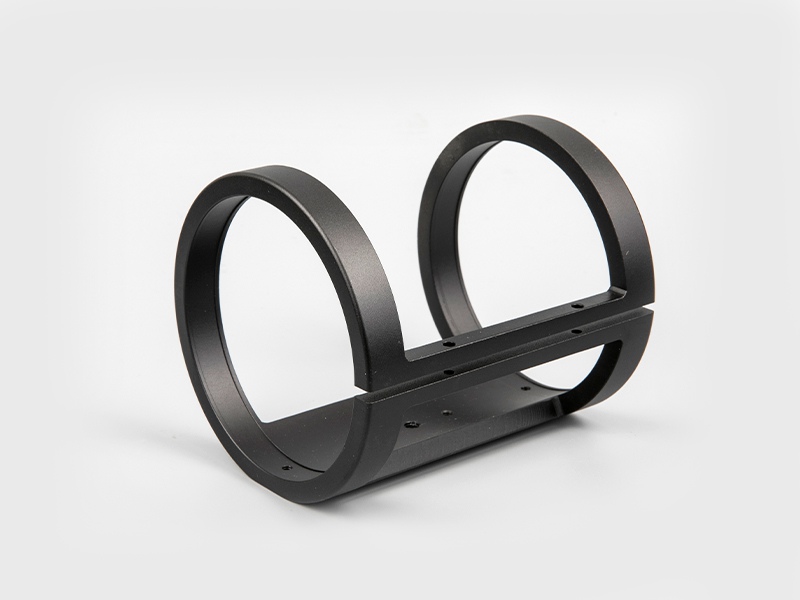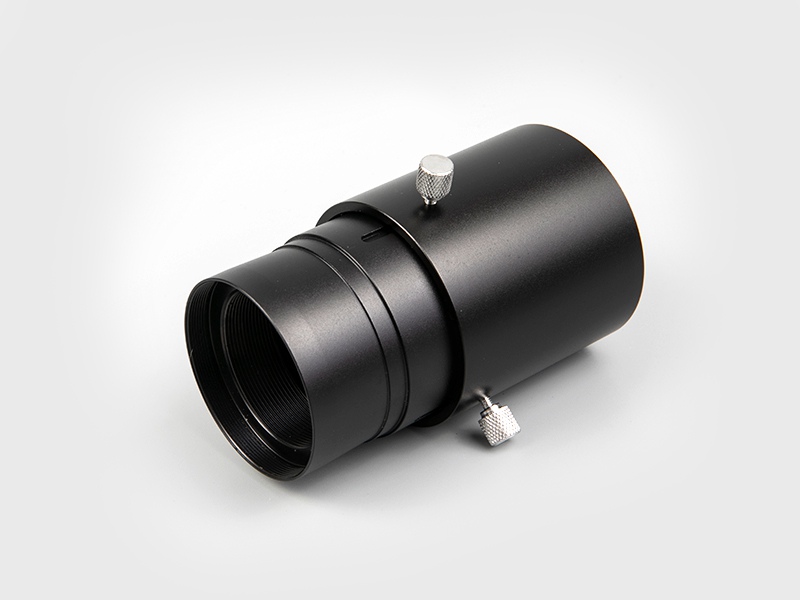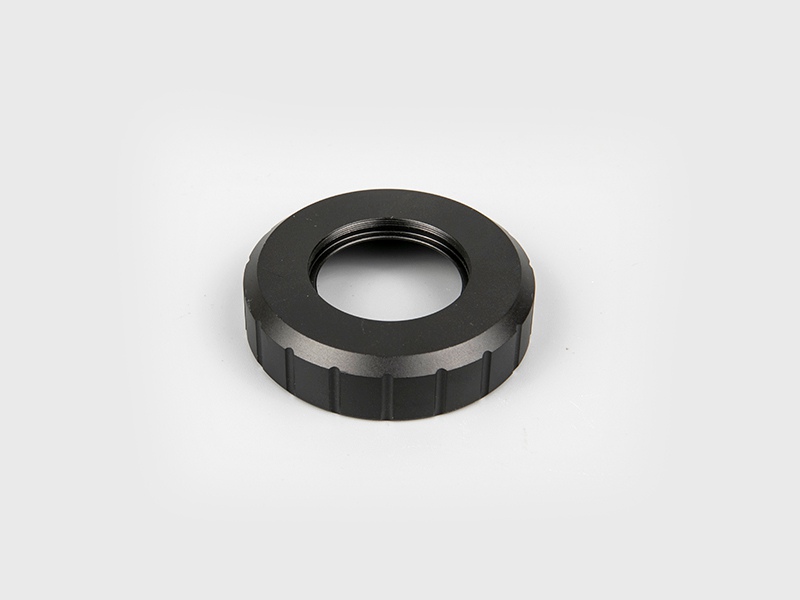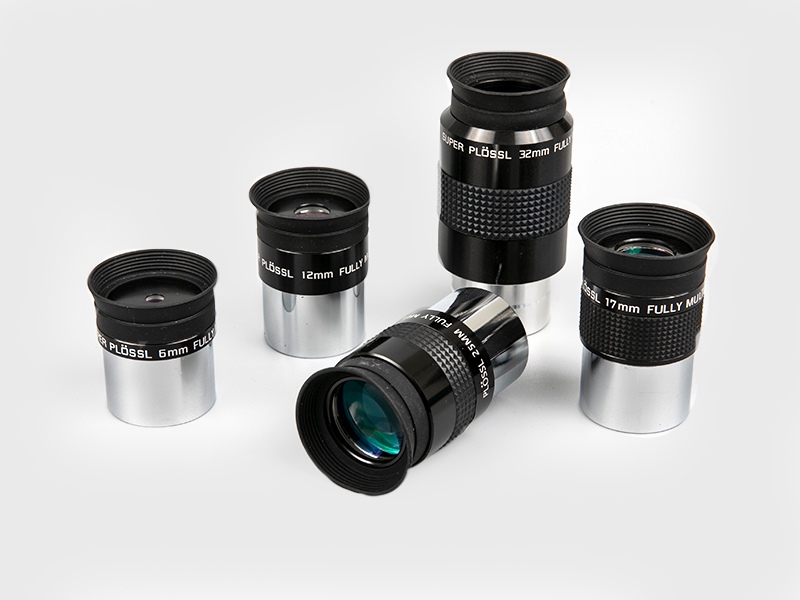What should we pay attention to when choosing a telescope, especially telescopes? In fact, we can mainly understand from the following three aspects. If it is not very good, here is a simple knowledge introduction.
Here are some basic points to consider when choosing binoculars:
On every pair of binoculars, you'll see this: 12x70, 25x100, etc. Separate the two numbers with an "X". We can think of x as a multiple.
The numbers on binoculars, such as 15x70, represent the magnification and the diameter of the objective.
The first number is the magnification, meaning: how much can these binoculars magnify? The second number is the metric diameter of the large circular glass lens on the front.
So "25x70" means that the device can produce an image 25 times larger than the naked eye, with an objective lens having a diameter of 70mm.
The size of the binoculars is also worth considering. For example, divide the diameter of the objective lens by the multiple, and the resulting number is the diameter of the small aperture you will see.
These spots of light (usually disk-shaped) are called the exit pupil. The output pupil diameter of a high-power telescope is smaller. (Example: 12x60 double tube, exit pupil diameter is 5mm; 8x60 pupil exit diameter is 7.5mm.) The exit pupil is a small disc at the imaging location that can enter the eye
③How wide is the viewing angle?
In our comparison chart - where most of the data is printed on the telescope - you'll find a way or two to understand the field of view you experience with the telescope. It might say: 1000 yards of field of view is 298 feet or 5.7 degrees (meaning the same).
You can make a comparison with your fist, your arm straight and closed, it covers about 10 degrees of the night sky. The moon's disk is about 1/2 a degree wide.
This is what we should pay attention to when choosing binoculars, so you should understand it after analyzing it for you!

 English
English 日本語
日本語 Deutsche
Deutsche España
España
